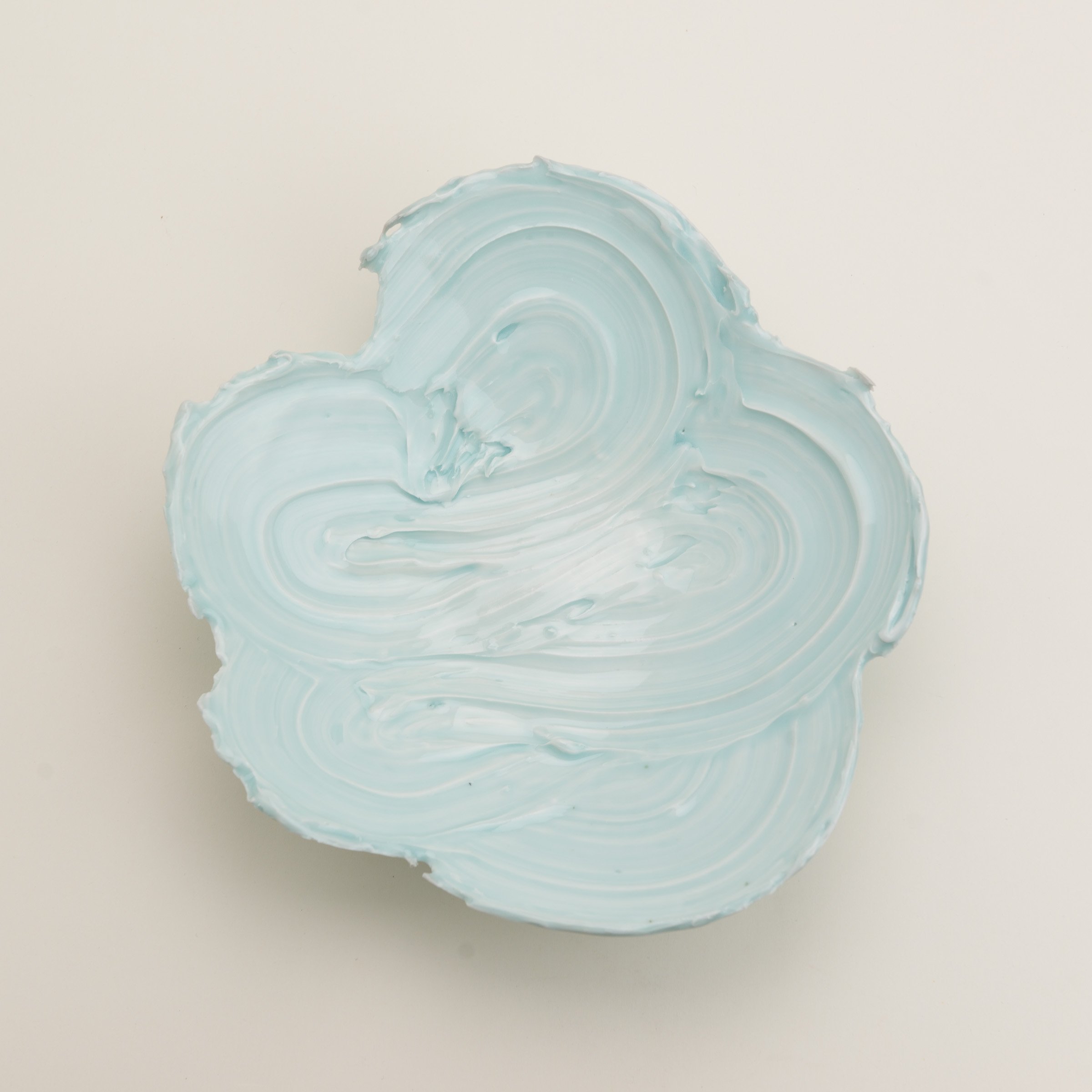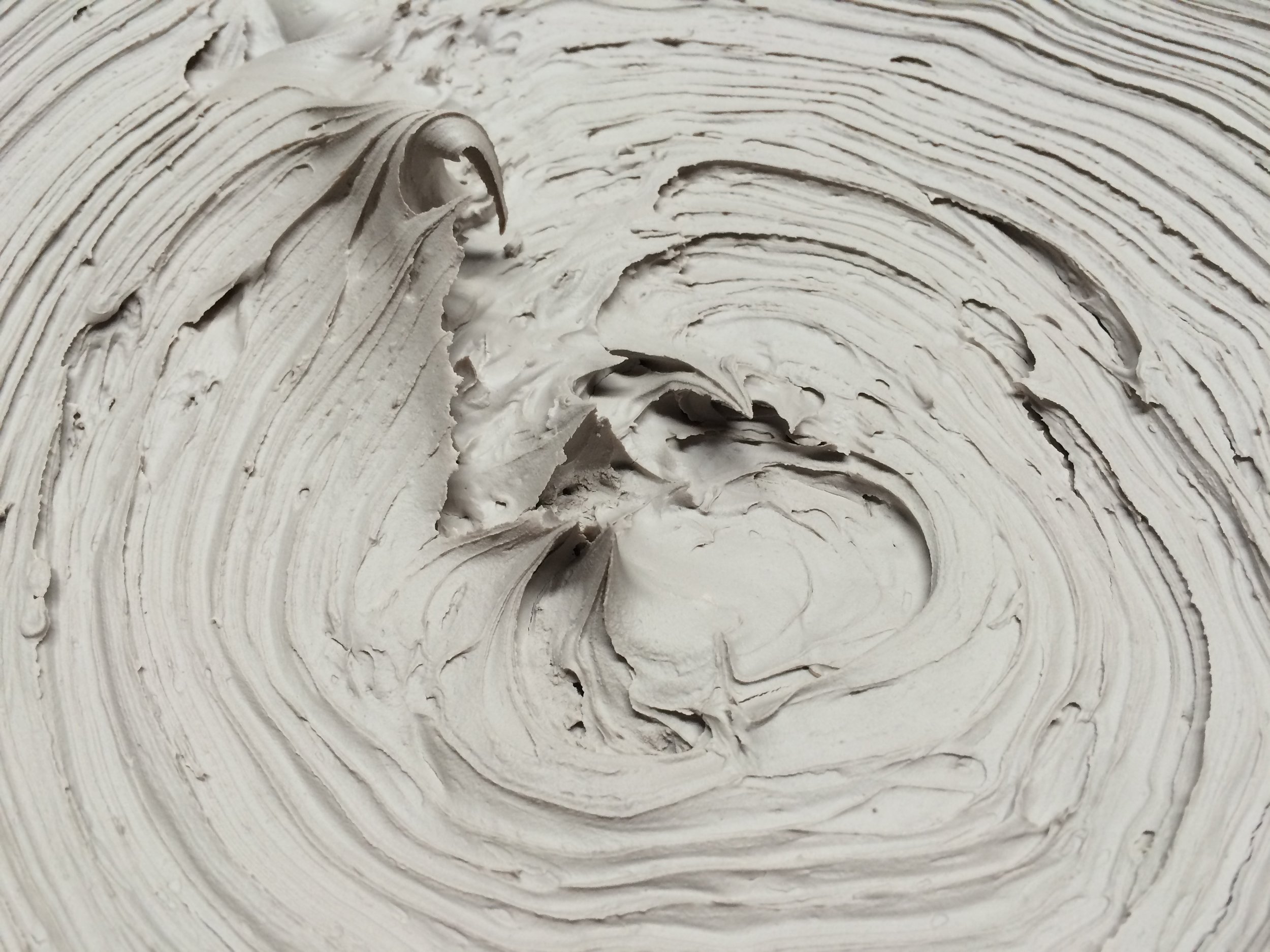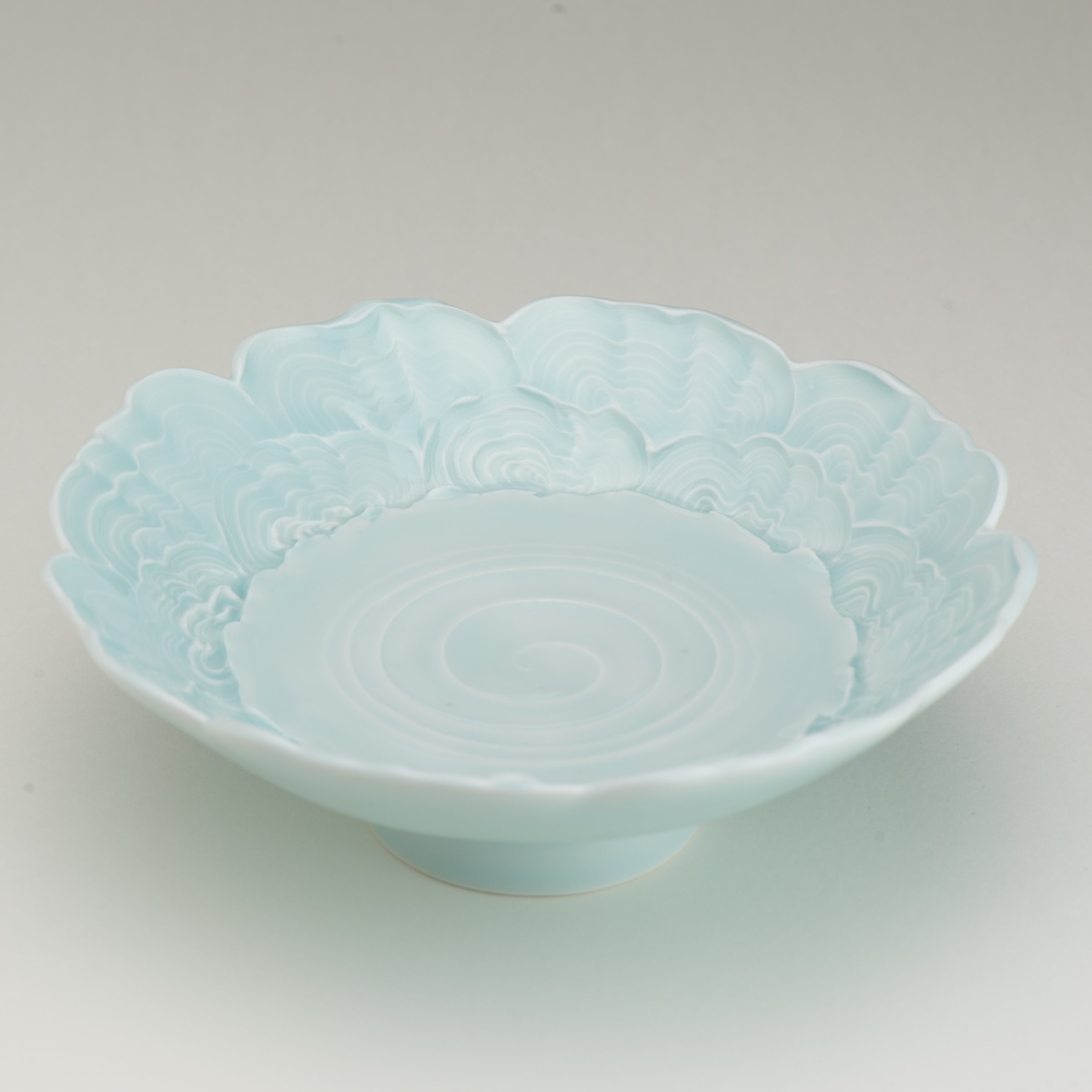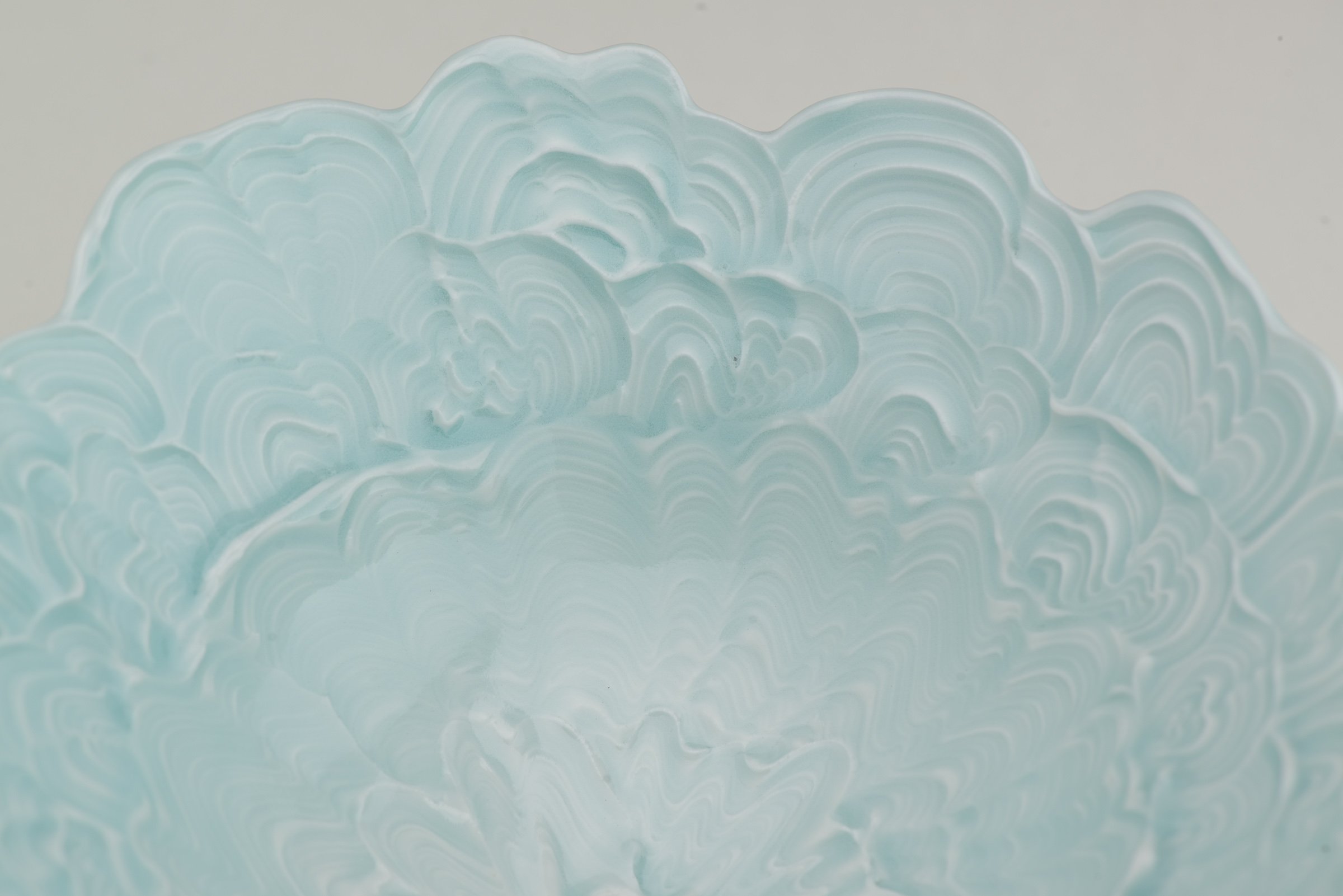
Painted
Various brushes used for painted slip technique.
The history of ceramic slip decoration reaches far back into antiquity. Much as ancient pottery emulated more valuable vessels in precious metals, white slips were often applied to darker clay bodies in an effort to increase “value”. Many inventive uses for slips have evolved through the centuries, such as Cizhou black and white slip carving, Chinese “cut-glaze” slip with resist patterns, Korean slip inlay and reverse inlay patterns, and the dramatic hakeme brushed slips of Japan.
Similar to hakeme, the Painted series uses brushes to apply slip. But Painted removes the “ground” of the underlying thrown form, leaving behind only the slip. Thus the decoration determines the shape of the vessel—the form is painted.
Single-Stroke
Dish. One-stroke form, five lobes. 30cm dia, 8.5cm high. Porcelain with celadon glaze.
Dish. One-stroke form, six lobes. 33cm dia, 8cm high. Porcelain with celadon glaze.
Side view of One-stroke form, five lobes.
Small one-stroke dish
Side view of small one-stroke dish
Process
One-stroke porcelain form at leather-hard stage.
Detail of one-stroke porcelain form at leather-hard stage.
Multi-stroke & Crosshatch
Brushtroke dish
Brushstroke dish, side view
Detail of brushstroke dishes
Side view of short-brushstroke dish
Detail of short-brushstroke dish
Floral
Lobed bowl
Side view of lobed bowl
Detail of lobed bowl
Detail of floral brushed slip decoration before firing.
Detail of translucency after firing.
Side view of lobed bowl
Top view lobed bowl
Detail of floral bowl
Lobed bowl
Side view of lobed bowl
Detail of lobed bowl
Lobed bowl
Side view of lobed bowl
Large painted bowl
Detail of large painted bowl
Floral dish
Side view of floral dish
Detail of floral dish
Side view of lobed stem dish
Large floral dish
Song-style dish. 25cm dia, 6.5cm height. Porcelain with celadon glaze.
Plate with floral rim
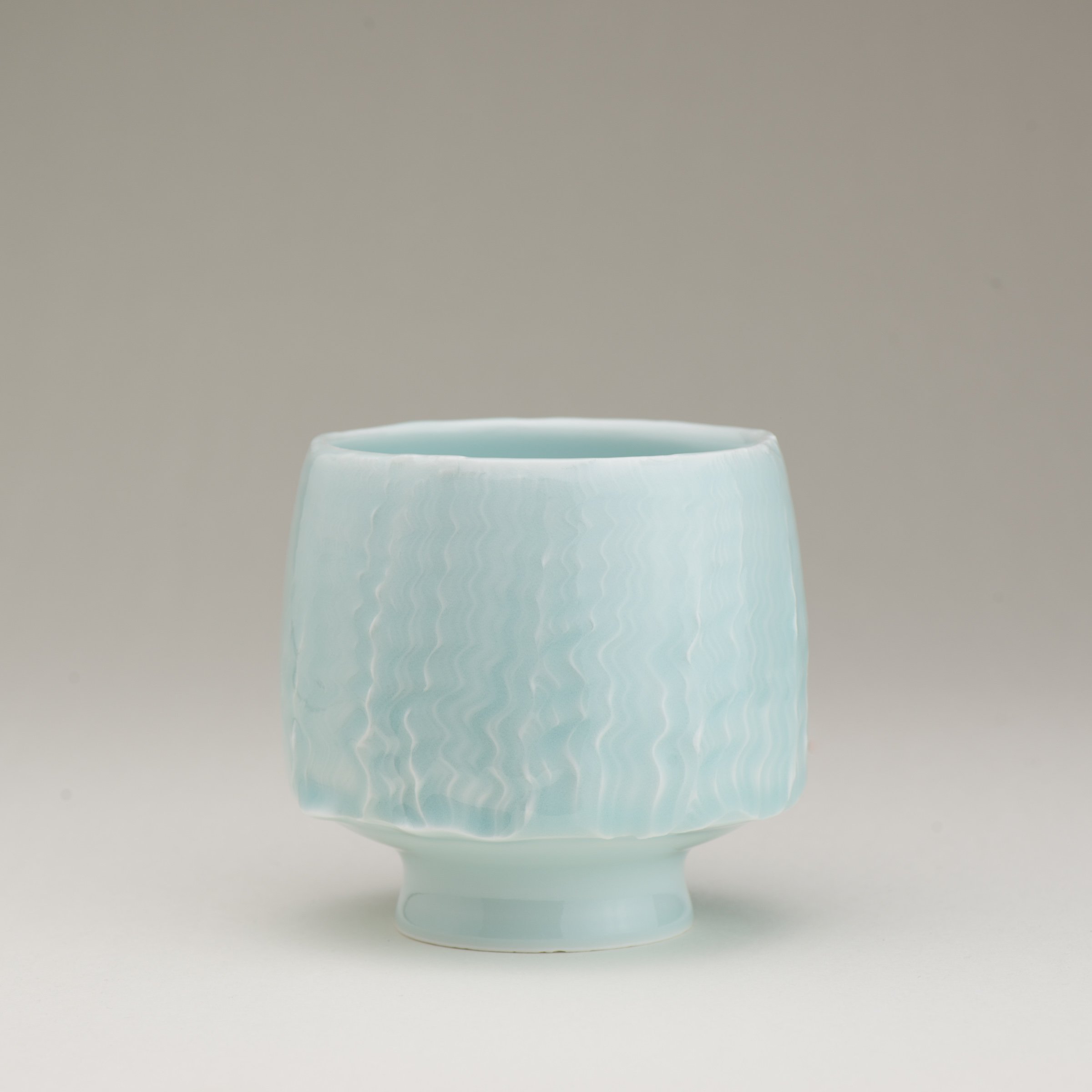

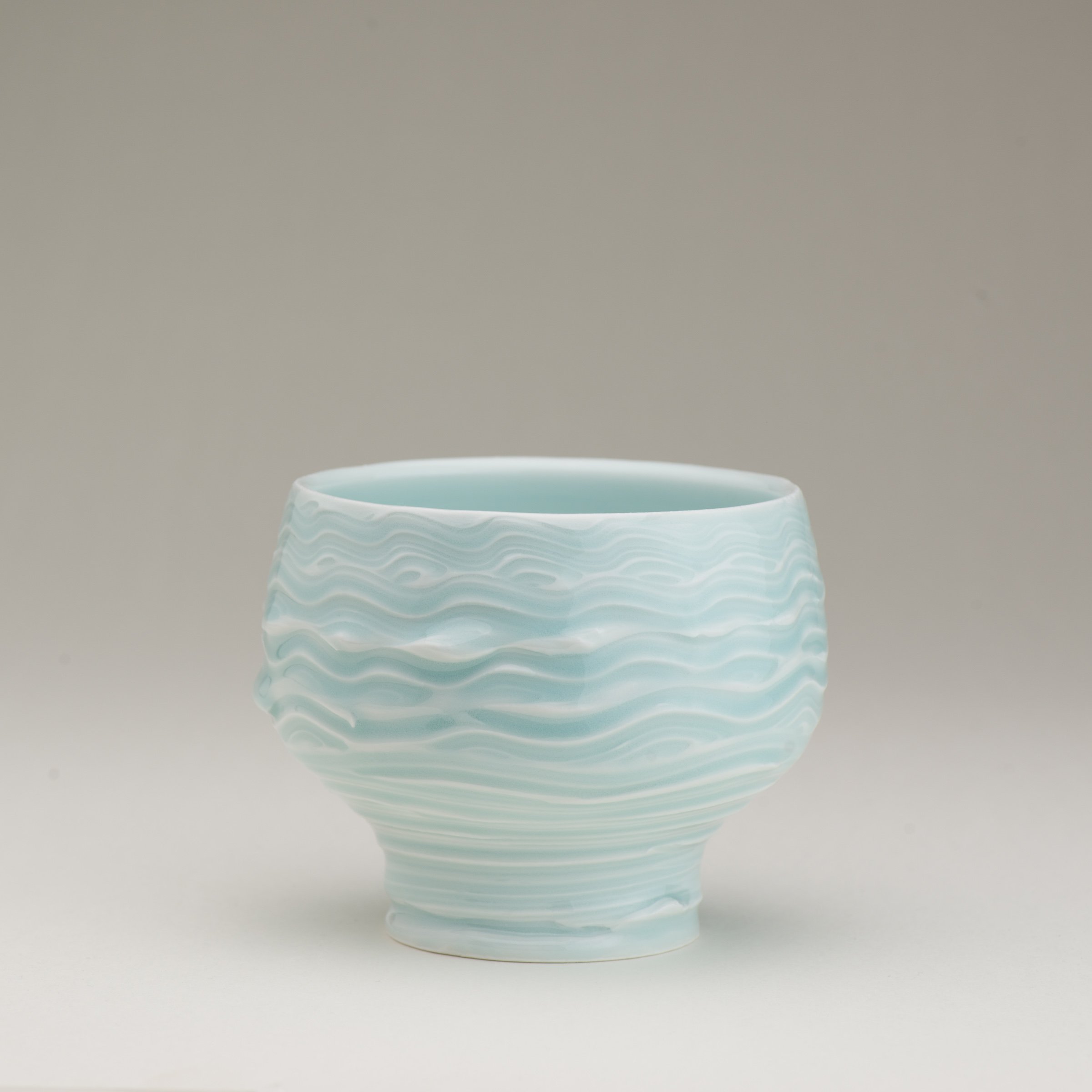

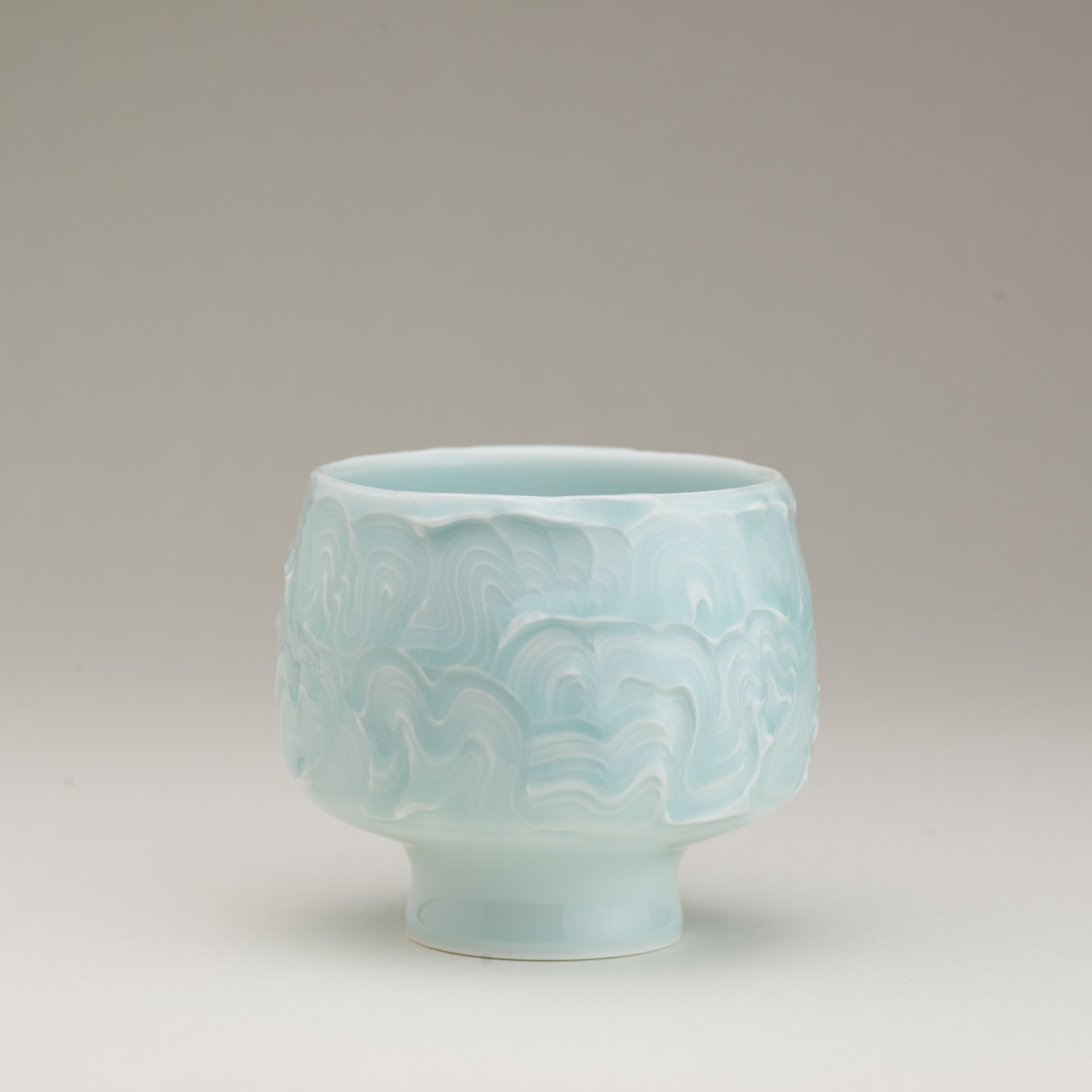
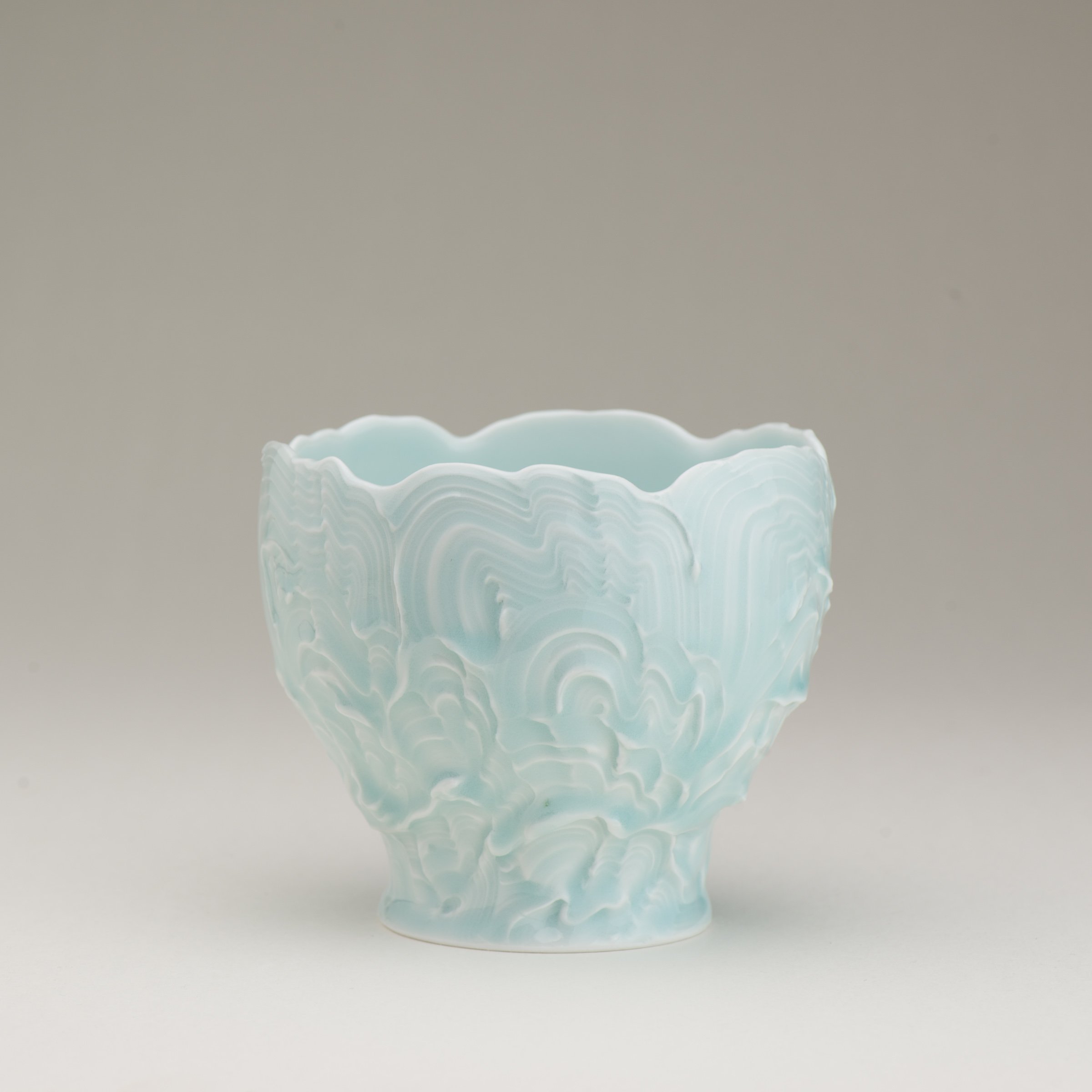

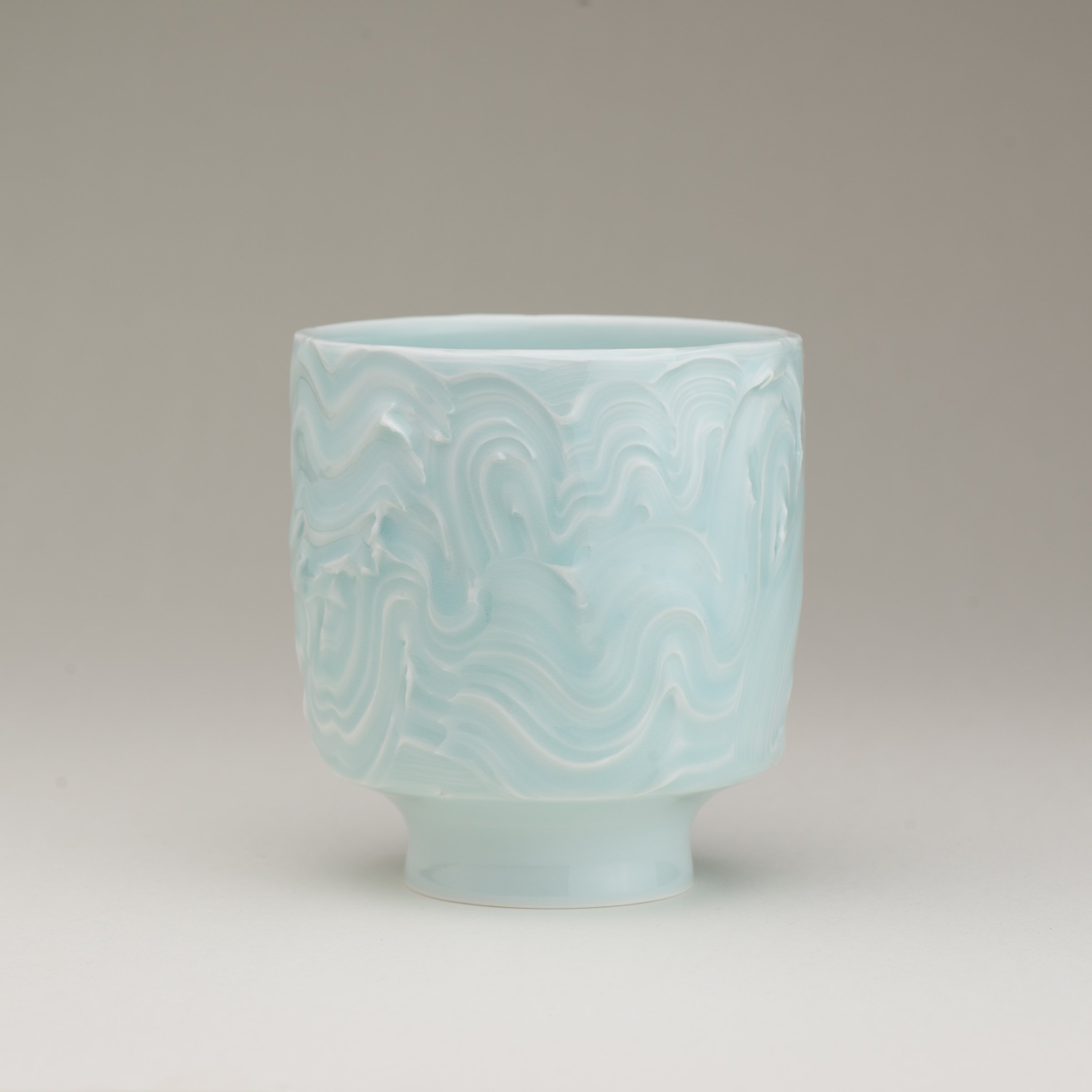
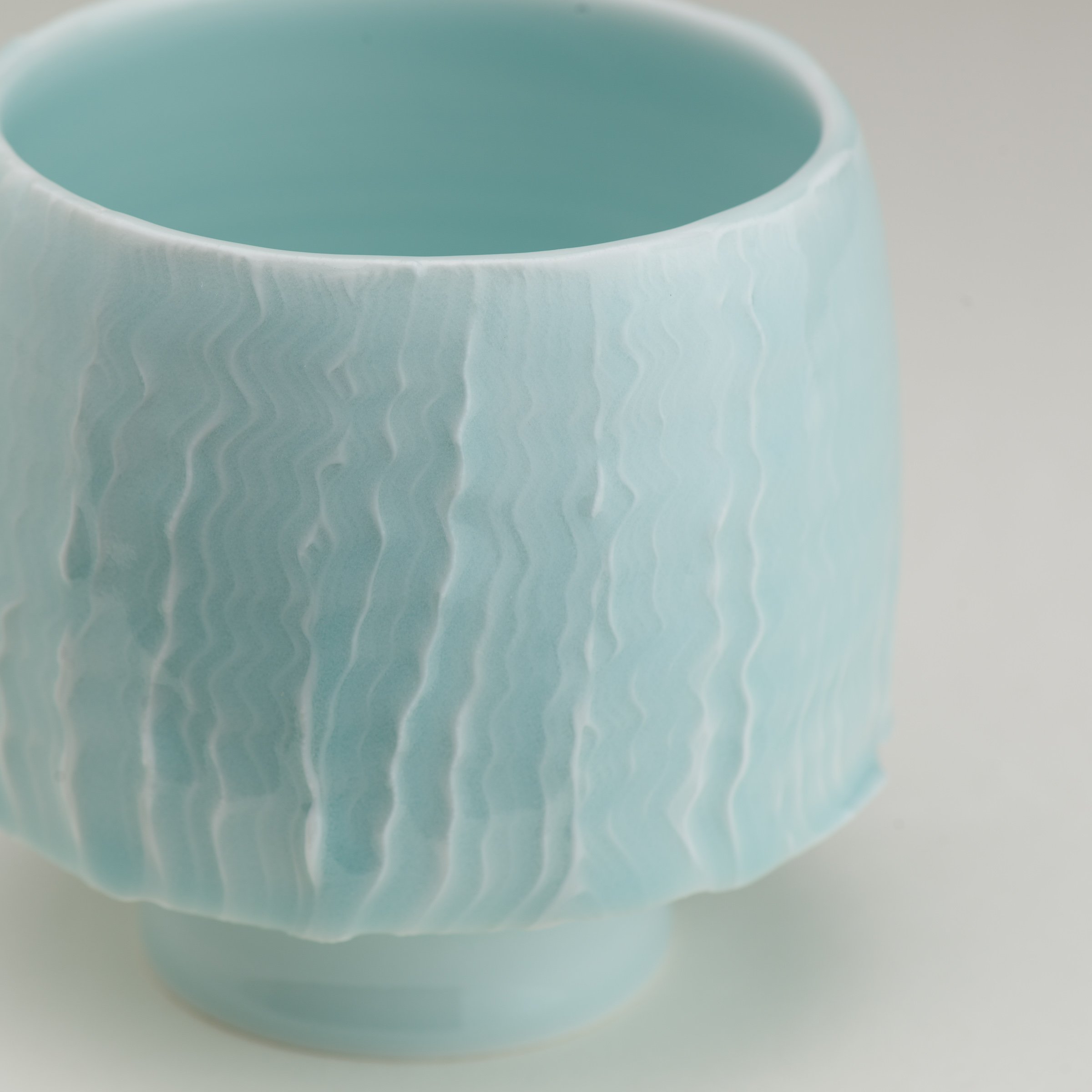
This work was made for Arrowmont’s Utilitarian Clay Symposium and The Signature Shop’s Design + Crafted Exhibition.

